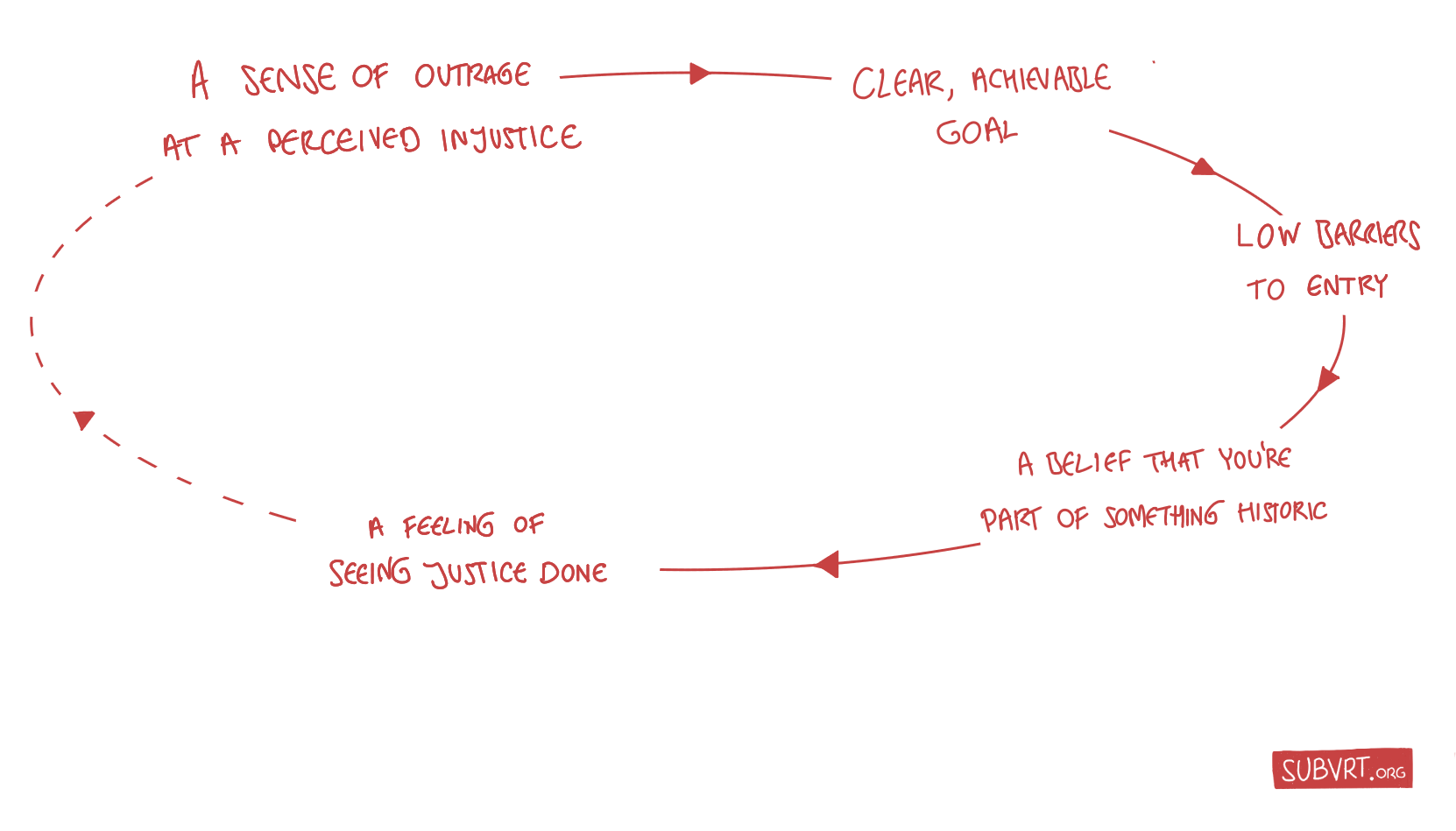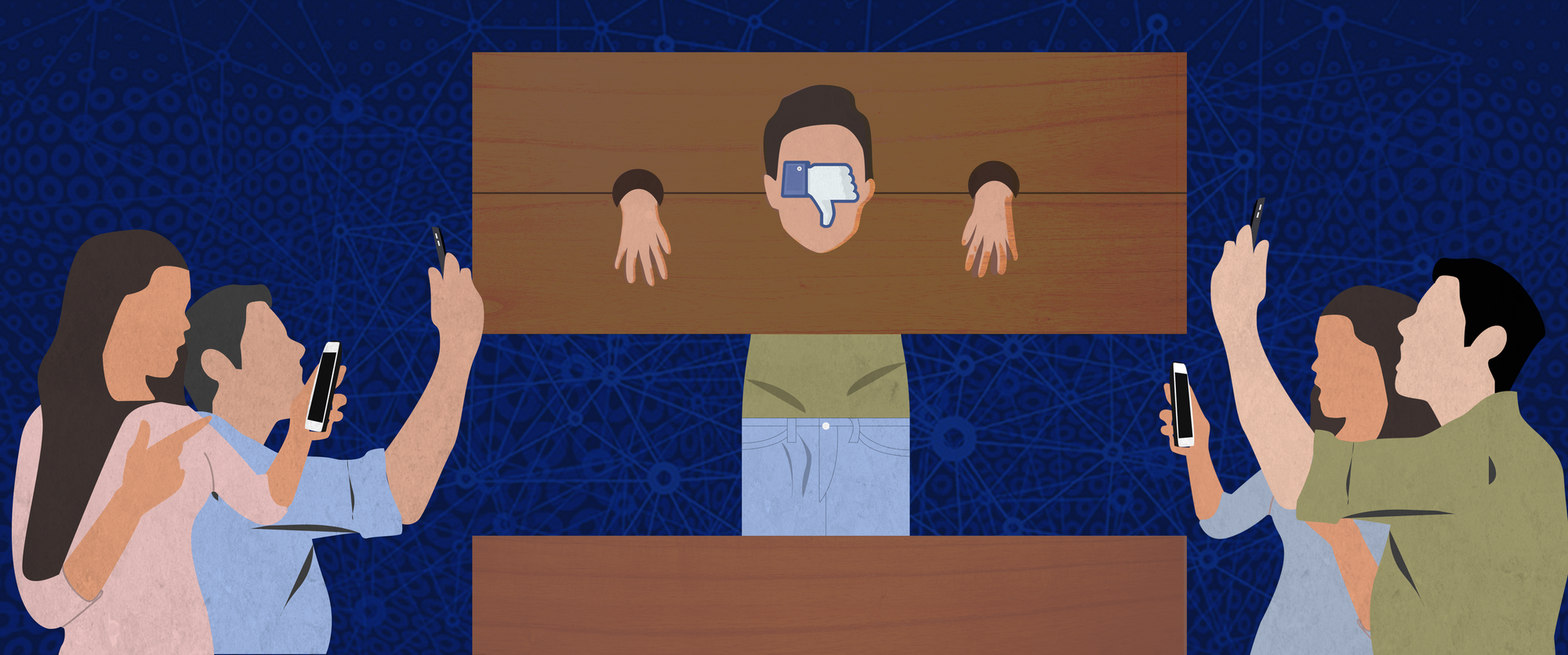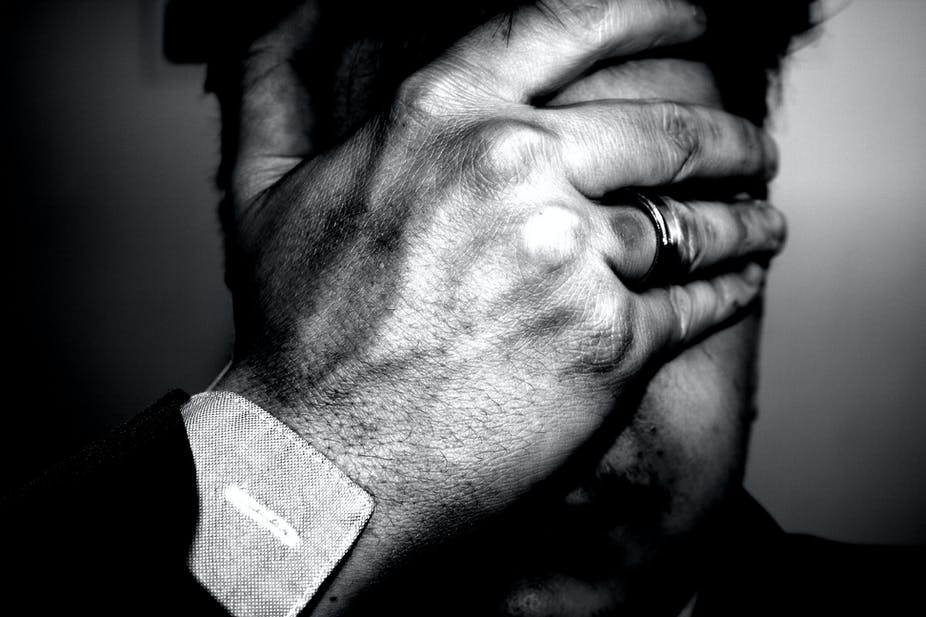Online public shaming is having a moment. Well, a decade.
I’m talking about the social media-driven tactic of trying to ban/censor people/organisations, after they have done/said something considered objectionable/offensive. It originated in the US, and it’s now coming to Europe.
But let's not go into whether this practice represents long-overdue accountability or McCarthyite censorship. Let’s not argue about whether it achieves lasting social change, accomplishes nothing, or helps the Establishment maintain power. And let’s not quibble over its precise definition.
Let’s instead acknowledge this: it’s here. It’s real. And it’s very effective.
Ask author J.K. Rowling, whose tweets on transgender people created a firestorm. Journalist Don McNeil, who was ousted from the New York Times after using a racial slur. Senator Al Franken, who was forced to resign after sexual misconduct claims. The software company Basecamp, which lost a third of its staff after trying to limit political discussions at work. Or The Muppets, who were slapped with an ‘offensive content’ warning for 'perpetuating cultural stereotypes'. The list gets longer every week.
And so perhaps — as activist citizens, as organisers — we should be asking ourselves what we can learn from this surge of social justice activity.
No, I'm not suggesting we all start online public shaming, or that we direct our campaigns towards the same goals. Rather, I'm wondering: can the success of this tactic offer us anything to run better campaigns? To increase our impact?
I think it can. Seen dispassionately, as purely a tried-and-tested tactic, it provides us with pointers we can use for our radical actions.
Let’s look at some of its elements.

A sense of outrage at a perceived injustice
The first step for any campaign is picking an issue you can win, and backing it up with proof points. If you’re confronting a company that’s dumping toxic sludge in a river, for example, you’ll need evidence. Ideally from experts.
But online public shaming goes further. It uses moral outrage as a trigger for action — OMG that is so wrong! Individuals, rather than institutions, are the usual target. And what those people say publicly takes on an outsized significance.
This approach of personifying your target is worth considering. It’s easier for people to get mad at another person than at an organisation, or a system, or an idea. And personifying your target can whittle an issue down to its essence: “powerful person X is doing Y, which screws over powerless people Z."
So if your campaign is targeting an institution, put forward the person responsible prominently in your messaging. Don't make the campaign all about them, but use their name, their face, and their public statements in your materials (think Bezos in anti-Amazon campaigns). And if you can find comments that suggest this person has been arrogant or callous in the injustice they are perpetrating, work those in too.
A clear, achievable goal
Online public shaming usually offers its adherents a simple goal: cause the offender to lose their platform or position.
This is classic best practice for campaigns, in that it makes your Ultimate Goal clear and achievable. If you know what winning looks like, it’s easier to rally people to your cause. And you can measure whether you succeeded. ‘The university brings down the offensive statue’ and ‘the author’s publisher cancels her contract’ are examples of precise goals.
The take-away here is to ensure your own campaign goal follows the same form. A supermarket is failing to protect its workers by not giving them masks against COVID? Your goal could be: “the company gives them protection.” Your local administration is making wasteful investments? “The municipality puts at least 50% of them into sustainable energy.”
Or to go back to our toxic sludge example: “The factory stops pumping it into the river”. Explicit and clear.

Low barriers to entry
Online public shaming actions are a numbers game. And social media, with its built-in audience, are their organising tool.
When people with large online followings start spreading information that creates a PR problem for a target, that target usually takes notice. For people who want to support the action, the cost of joining is just a retweet or a share.
This mechanism works because while the barriers to entry to an online public shaming action are nil, the potential damage to the target is huge.
Not all campaigns need large numbers of supporters to win. But if yours does, make it as easy as possible for others to join it and get active. That means: no membership needed. And have a clear path to onboarding and empowering new people.
A belief that you're part of something historic
One of the drivers of online public shaming actions is that people engaging in them feel they’re righting old wrongs. They have the sense of being part of something bigger — a civil rights movement for the modern age.
A move to rename schools with ties to controversial figures, for example, is cast as a struggle against racism and white supremacy. A drive to ban a film with questionable content as confronting misogyny.
So, set your campaign in context. Our toxic sludge action could be part of the battle to save our environment. A push to stop a mall development could be seen as a struggle against the excesses of capitalism. Or the crushing of Main Street and small town life. Or local corruption.
Giving your supporters a worthy context can give your campaign wings.
A feeling of seeing justice done
Everyone loves to see the bully get his ass handed to him. And any online public shaming action thrives on the promise that if it succeeds, you might get to witness that justice done.
The cocky comedian with the cruel jokes loses his network contract. The racist provocateur gets banned from Twitter. The sexist boss is forced to repent… and gets fired anyway.
So, factor this promise of justice into your campaign materials and call-outs to members. And if your campaign ‘wins’, don’t gloat, but shout about it – smartly.
Promote the win, both inside the campaign and out. Illustrate how you’ve given the bully a black eye. If you’ve personified the target, well-chosen photography of them before and after your win can speak volumes. And if they issue a frustrated-sounding statement in reaction to your win, even better.
Done right, this kind of communication can help you to publicly close the circle on your campaign. And motivate your supporters for the next action.

OK, so that's a tour of what I think we can learn from the success of online public shaming. Let me end with a few disclaimers.
As mentioned, I’m looking at this tactic through a practical lens. Debate on it is polarised — either it’s killing free speech or evening the score for the powerless. This discussion is raging; there’s no need to have it again here.
Also, there are many other aspects of online public shaming that don’t apply to our analysis. Sometimes it can create real harm, and ruin lives. So I'll repeat: I'm not advocating that we implement this tactic as-is. I am interested only in what we can learn from its success, for better or worse.
And: the suggestions above will only work for radical activist actions, where you don’t mind antagonising your target. If you’re planning a lobbying campaign, for example, this piece probably isn’t for you.
Wherever your stand on online public shaming, though, its dominance provides some valuable lessons. It’s having a moment. And if we want to grow as activists, it deserves our attention.


